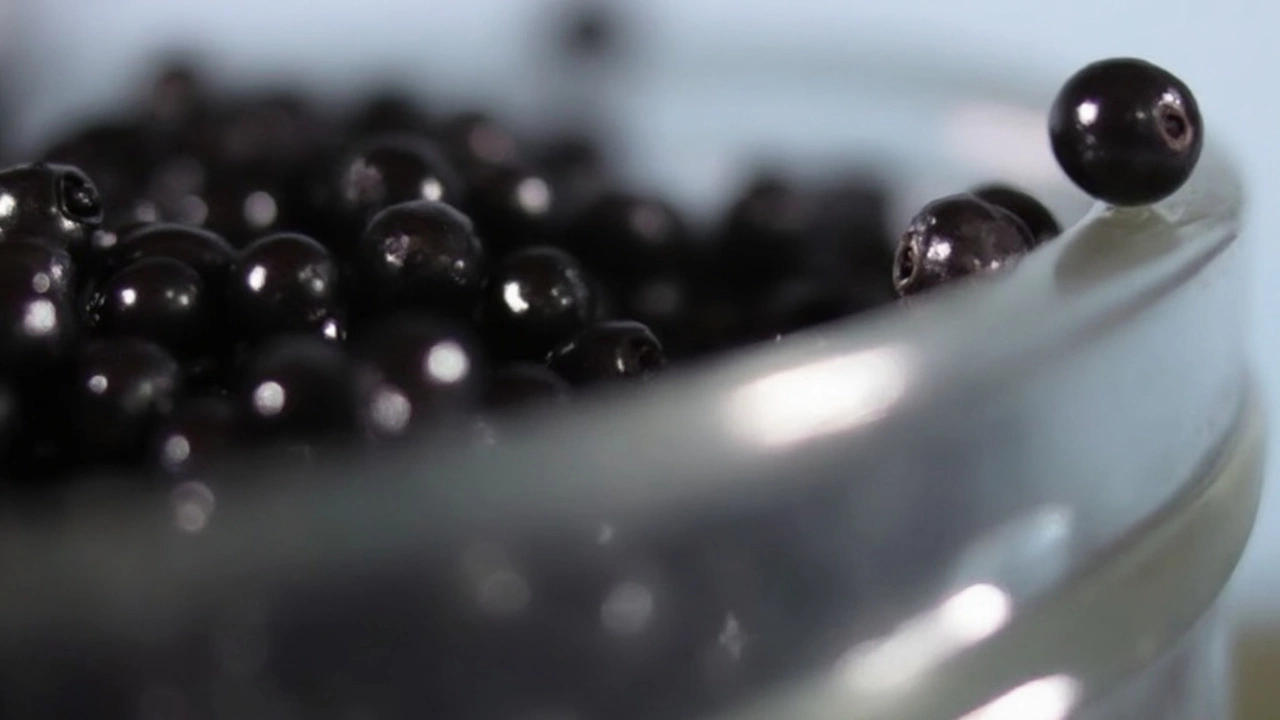Caviar Substitutes: A New World of Flavor and Sustainability
There’s something magnetic about caviar’s glossy beads and salty luxury. But between high prices, environmental concerns, and dietary needs, the search for caviar substitutes is booming. These alternatives aren’t just backups—they’re showing up at high-end dinners, inventive brunches, and sustainable tasting menus. Let’s check out some options turning heads and delighting palates.
- Couscous Faux Caviar: It might sound wild, but couscous pearls can pass for the real thing when dyed with beet juice, squid ink, or turmeric. Aside from the snappy look, this vegan caviar comes with endless flavor possibilities—think citrus zest, herbs, or a splash of soy for umami. It’s as at home on roasted vegetables as it is beside grilled seafood or scrambled eggs.
- Soy Pearls: These tiny beads of soy protein aren’t just for vegans. They add a thick pop to canapés or sushi, and you can infuse them with anything from balsamic to truffle. You get the bite without the guilt or fishy aftertaste, all for a fraction of caviar’s price.
- Snail Caviar: Unexpected, right? Land snails lay beautiful, delicate eggs that deliver a mild, earthy flavor. Snail caviar is a hit in European fine dining, offering a creamy texture and a novelty factor that sparks conversation. Unlike fish roe, it's not briny—think more along the lines of forest mushrooms with a subtle crunch.
- Vendace Caviar: This freshwater option comes from the small vendace fish of Scandinavian lakes. With a nutty undertone and a smaller grain than classic sturgeon caviar, vendace roe is often praised by sustainability-minded foodies. It’s delicate, slightly sweet, and ethically sourced, which is a rare trio in the world of luxurious roe.
- Herring Caviar: Herring roe stands out with its punchy color—bright red or golden—which makes for eye-catching appetizers. The taste lands somewhere between briny and sweet, and the price is easy on the wallet. It’s especially great in Nordic-inspired dishes, from rye bread bites to cool potato salads.
- Lumpfish Caviar: You’ve probably seen this option at supermarkets or on blinis in brunch cafes. Lumpfish eggs range from shimmering black to vibrant red, and their bold saltiness delivers the hit people crave. This is the go-to for those who want the caviar experience on a weeknight budget, without compromising style.
- Salmon and Whitefish Roe: Rounding out the list are two fishy favorites: large, juicy salmon roe (ikura) and the more understated whitefish roe. Both are sustainable and widely available. Salmon roe pops with a burst of ocean flavor, turning toast or rice bowls into something special. Whitefish roe has a clean, subtle taste and a soft texture—superb for those easing into the world of roe.

More than Just a Substitute—A Culinary Adventure
Here’s the thing: modern sustainable caviar and roe alternatives aren’t meant to fool anyone. They bring their own unique tastes, textures, and ethical appeal to the table. For vegans and vegetarians, plant-based pearls like couscous or soy mean you can enjoy the flicker of caviar on a salad or pasta. For those chasing tradition without the guilt, options like vendace or lumpfish hit the sweet spot between flavor and responsibility.
Even in the world’s top kitchens, chefs are rethinking luxury. Why not serve snail caviar to spark curiosity? Or use vibrant herring roe for a color pop that guests won’t forget? At the end of the day, the best substitute comes down to what feels right for your palate, your pocket, and the planet.







Write a comment